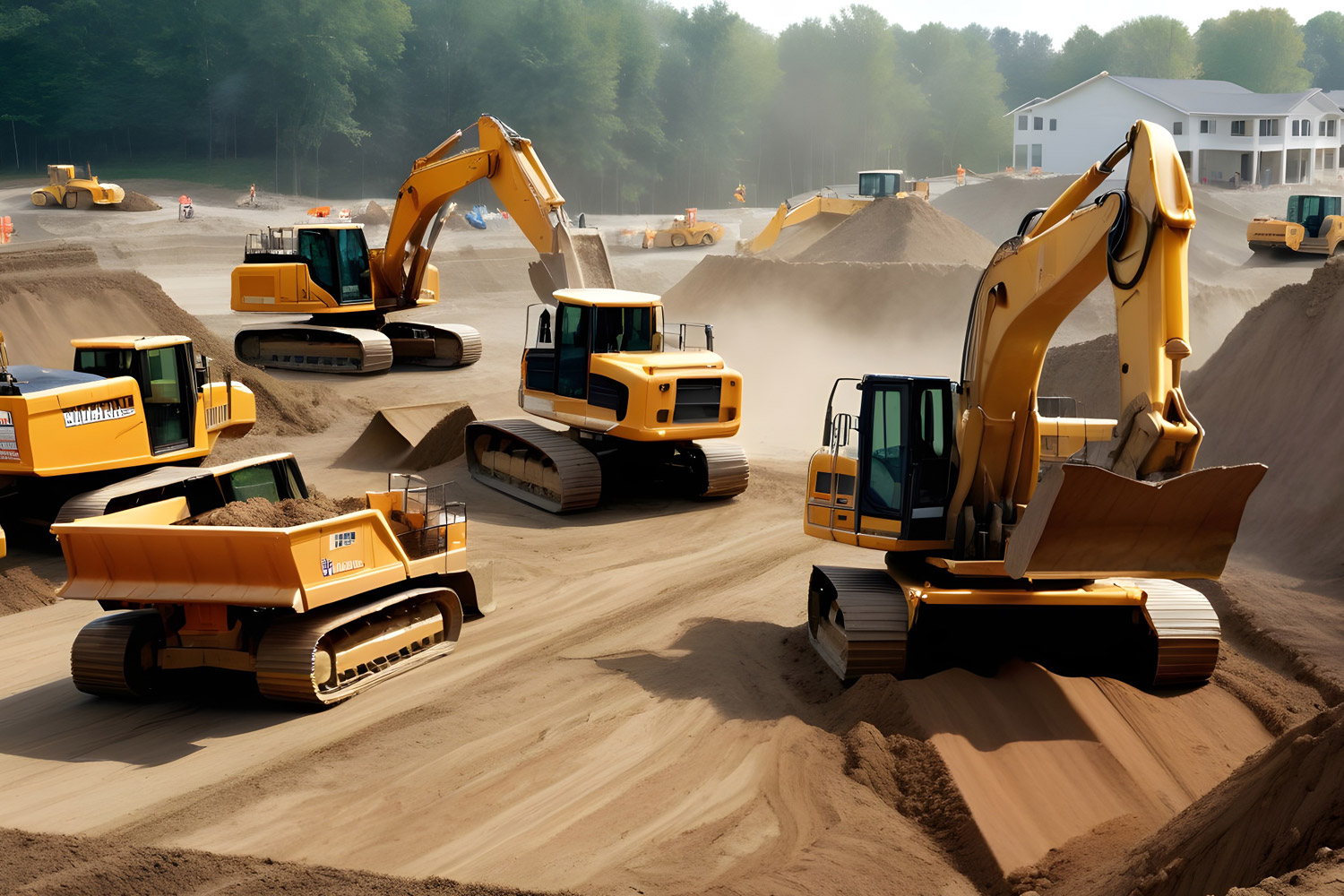Excavation, the process of removing earth to create space for construction, mining, or archaeological exploration, is a fundamental aspect of many industries. From digging trenches for utility lines to excavating foundations for skyscrapers, excavation plays a crucial role in shaping the built environment. In this article, we’ll provide an overview of excavation, including its techniques, equipment, and applications, highlighting its importance in various sectors.
Understanding Excavation
Excavation involves the removal of soil, rock, or other materials from the ground using specialized equipment and techniques. The process can vary in scale, from small-scale digging operations to large-scale earthmoving projects. Excavation is commonly used in construction, civil engineering, mining, landscaping, and archaeological exploration.
Techniques of Excavation
1. Trenching: Trenching involves digging narrow, deep channels in the ground, typically used for laying utility lines, pipelines, or foundations.
2. Bulk Excavation: Bulk excavation is the removal of large volumes of soil or rock to create space for building foundations, roadways, or underground structures.
3. Dredging: Dredging is the excavation of underwater sediments, commonly used in coastal engineering, harbor maintenance, and river navigation projects.
4. Grading: Grading involves leveling or shaping the ground surface to achieve desired slopes or contours, essential for landscaping, road construction, and site preparation.
Equipment Used in Excavation
1. Excavators: Excavators are versatile machines equipped with a bucket attached to a hydraulic arm, used for digging, lifting, and loading materials. They come in various sizes, from compact mini-excavators to large hydraulic excavators for heavy-duty earthmoving.
2. Backhoes: Backhoes combine a digging bucket on the back with a loader bucket on the front, allowing for digging and material loading operations. They are commonly used in construction, landscaping, and utility work.
3. Bulldozers: Bulldozers are powerful tracked vehicles equipped with a large blade at the front, used for pushing soil, debris, or other materials during excavation, grading, or site clearance.
4. Dump Trucks: Dump trucks are used to transport excavated materials from the excavation site to a designated location. They come in various sizes and configurations to accommodate different payloads and terrain conditions.
Applications of Excavation
1. Construction: Excavation is a crucial step in building construction, providing the foundation for structures such as buildings, bridges, roads, and dams.
2. Mining: In the mining industry, excavation is essential for extracting minerals, ores, and precious metals from the earth’s crust.
3. Infrastructure Development: Excavation is vital for the construction of infrastructure projects such as highways, railways, airports, and tunnels.
4. Landscaping: Excavation is used in landscaping projects to create features such as ponds, terraces, and retaining walls, shaping the outdoor environment to meet aesthetic and functional requirements.
Conclusion
Excavation is a fundamental process that underpins many aspects of modern society, from building construction to infrastructure development and resource extraction. By understanding the techniques, equipment, and applications of excavation, professionals in various industries can effectively plan and execute projects that shape the world around us. Whether digging trenches for utilities or excavating mines for precious minerals, excavations plays a vital role in shaping our built environment and driving progress and development.






